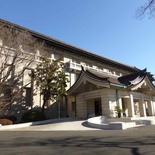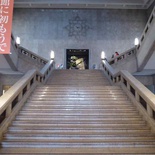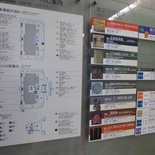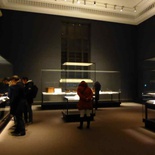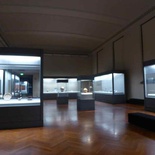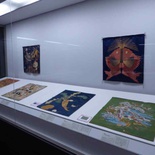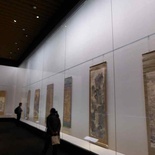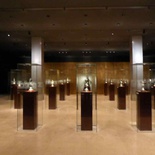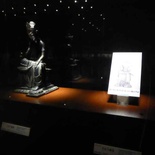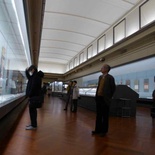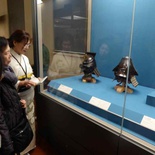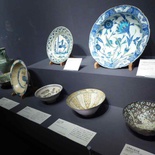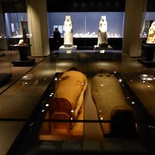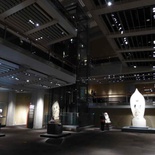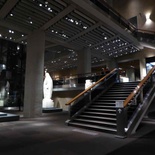The Tokyo National Museum, also known as the 東京国立博物館 (Tōkyō Kokuritsu Hakubutsukan) or TNM in short, is an art and history museum. It is home to Japanese cultural properties of modern art, archaeology and ethnology, and cultural properties. Let’s check out the museum with an exploration.
Museum in a park
The museum is situated within Ueno Park in the Taitō ward of Tokyo, Japan. It is accessible within walking distance from the JR Ueno station. Also, being within the grounds of Tokyo Ueno park makes the museum a nice place to visit during your leisure exploration of the park area. It is a popular green space for locals with large gardens, fountains and lakes.
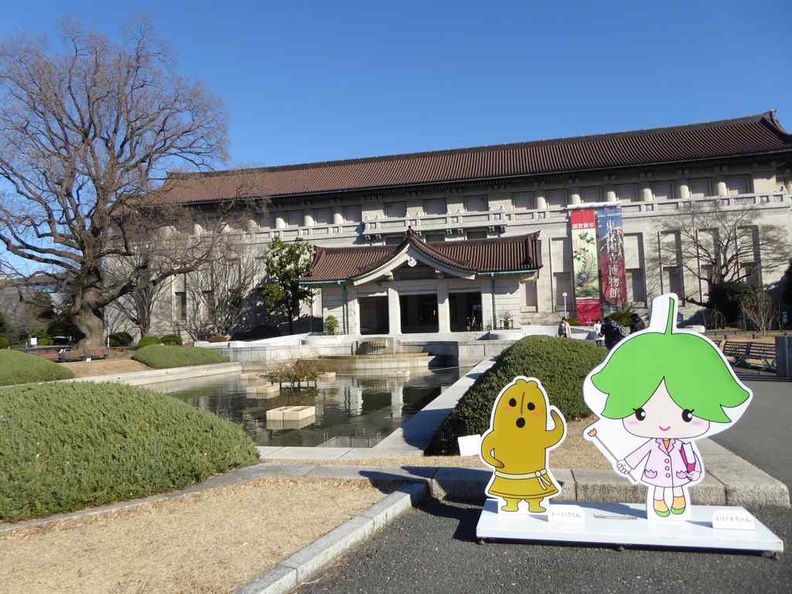
Moreover, notably, Tokyo National Museum is one of the four museums operated by Tokyo’s National Institutes for Cultural Heritage. Also, it is the oldest national museum in Japan, and commendably, the largest art museum in Japan. Though not as large as say, the V&A museum in London. Also, a museum visit here typically takes about 2-3 hours, to even an entire day if you were to scrutinise every indoor exhibit gallery in detail.
There are several museum buildings
Additionally and notably, the museum grounds compirse of a selection of different independent buildings. These sits in a vast garden park compound. Here, notable buildings includes the main Honkan Japanese Gallery. It houses the Japanese Gallery and predominantly where I will be focusing my explorations on.
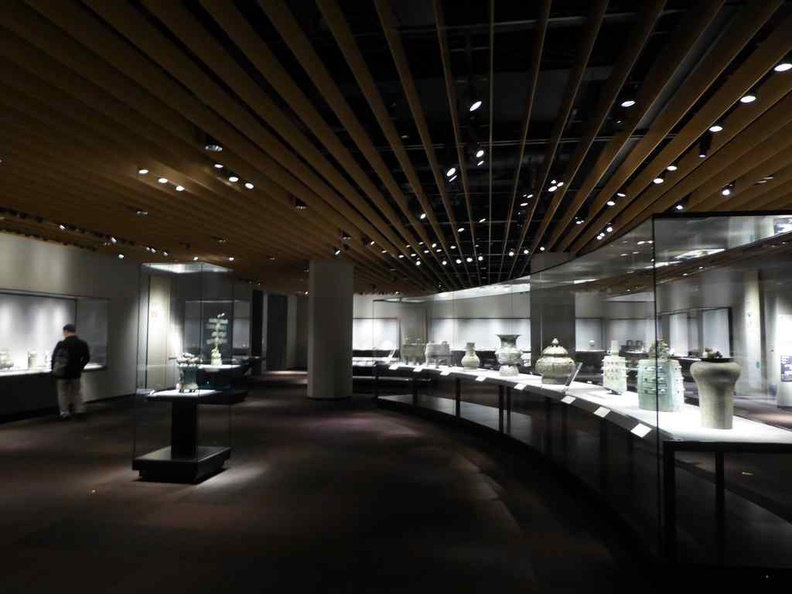
Moving on, there are several seasonal galleries, which are only open during events. This includes the Heiseikan and Hyokeikan, each used to hold special exhibitions. In addition, there are small little galleries and temples here. Also, this includes the Toyokan, it houses the Asian Gallery and the Gallery of Horyuji Treasures, holding important relics originally preserved at Nara’s Horyu Temple. Wrapping up is the Kuroda Memorial Hall, holding a collection of works by Kuroda Seiki; and the Research and Information Center.
Additionally, guest facilities such as restaurants and shops are also scattered around these museum garden premises. Outdoor exhibitions (including the Kuromon) and a garden where visitors can enjoy seasonal views, especially during the spring blossom months.
A walk through the Honkan Japanese Gallery
This main building is the highlight of the Tokyo National Museum. The galleries spans over two building floors with a basement offering guest services. Also, a vast grand staircase greets you at after the main entrance. This brings up to the second of the two floors here in the museum. When inside, the museum itself is laid out in a logical fashion with interlinking galleries.
Furthermore, the museum is focused mainly on the early Japanese history, particularly that in the Tokyo region. It covers topics such as art, religion and the way of life. Notably, all the exhibits here are dated and without much mention of Japan’s history with the Second World War, unlike War-related galleries in Singapore, Such as those by the Ford factory.
Additionally, Tokyo National Museum touts itself as being one of the largest art museums in the world. Moreover, the museum houses over 3000 Cultural Properties deposited by organizations and individuals. Notably, with most of the exhibits donated by the imperial family to the state. This includes 55 national treasures and 253 important cultural properties. Also, the museum conducts research and organizes educational events related to its collection.
Buddhist Art
Moving on, major sections here in the museum is focused on Japan’s most dominant Buddhism religion. Also, it focused on telling the story of the Dawn of Japanese Art and Rise of Buddhism. This is portray through Buddhist Art, Courtly Art, and Zen & Ink Painting. Also, these art works fill large galleries and sits behind lit glass walls. These are displayed in dimly lit climate controlled-galleries, to preserve and reduce light damage to the historical artefacts.
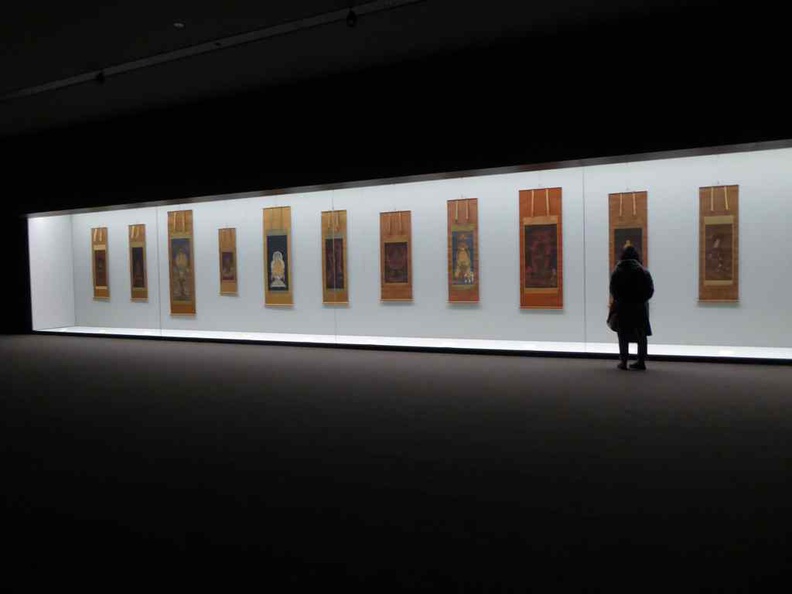
In addition, there is also a large collection of Greco-Buddhist art. Additionally, the Tokyo National Museum collects, preserves, and displays a comprehensive collection of artwork and cultural objects from Asia. Also, it has a focus on ancient and medieval Japanese art and Asian art along the Silk Road. Commendably, the museum touts to hold over 110,000 Cultural Properties. This includes 89 National Treasures of Japan, 319 Horyuji Treasures, and 644 Important Cultural Properties.
Japanese Sculpture
The museum follows about a logical looping sequence over two gallery floors. Some galleries offer a mix of paintings with Japanese Sculptures as center pieces. These sculptures typically comprises of representations of deities. ancient folklore is a mystical world of monsters, ghosts and goblins.
These Sculpture comprise of early clay carvings, which has a resemblance to stone, as well as those made out of wood. One of the more popular craving mediums of the era. You can marvel at the degree of craftsmanship it takes to hand-crave these religious works. Much to the appreciation for generations today for a craft probably long-forgone.
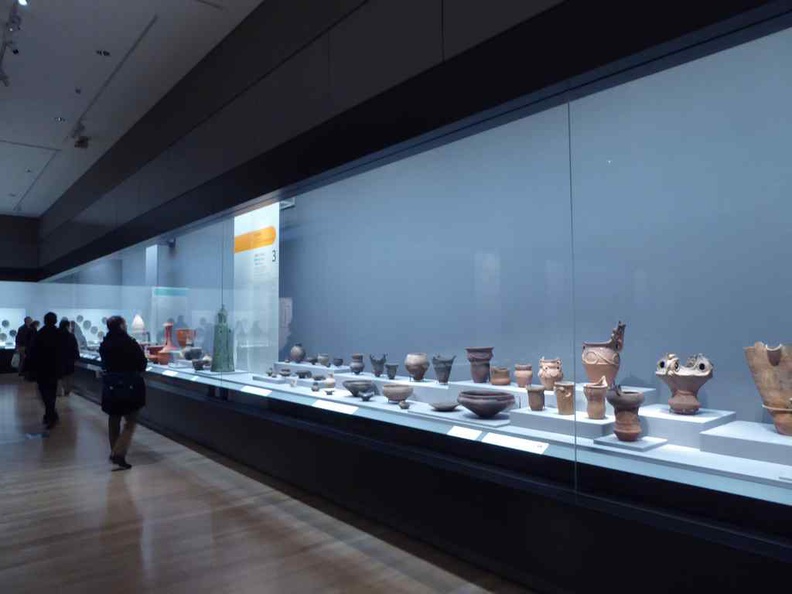
In addition to sculptures are a selection of pottery and plates. Notably, some of these are made in Japan, as well as premium China sourced from early China in the early trade days. Additionally, the Museum does tours, but mostly in Japanese. Hence, we English speaking folks are quite tad bit out of luck here.
However, if need be there are audio guides available in multiple languages you can rent from the info counter. Also, the museum provides paper floormaps introducing you to snippet points of interest in your language of choosing, English included.
Military Elite Samurai Armour
Moreover, one of the more interesting and eye-opening sections are displays of Attire of the Military Elite. This includes samurai battle amour. Here you can view the intricate craftsmanship of weapons of war. Examples includes hand-crafted samurai swords and armour, as well as those typically worn on horseback. Interestingly, the armour does look a lot smaller in person than I thought them to be.
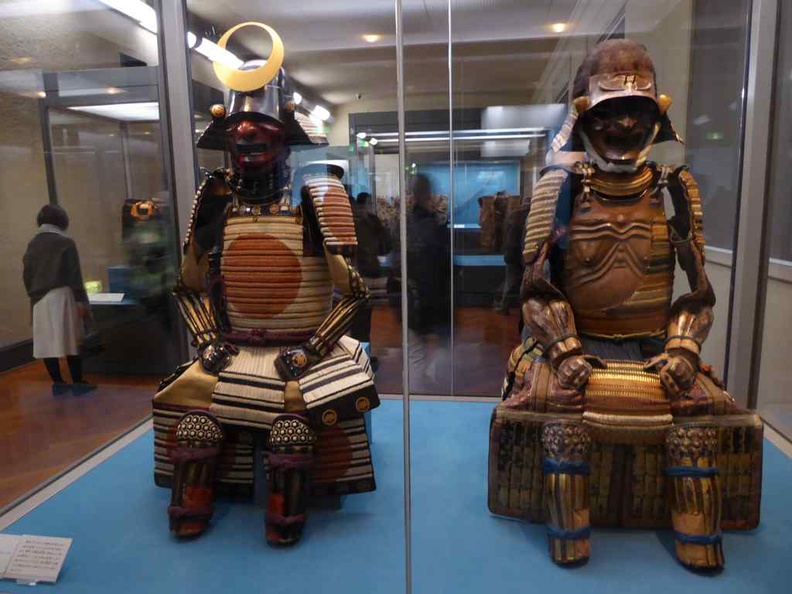
Also, topping up the offerings here in the museum are selection of anthropology items. Examples includes Egyptian mummies and Egyptian sarcophagus. Moreover, on my walks, you can tell that the museum grounds had been renovated and improved over the years. Notably, some galleries spotting more modern outlook and paint.
In closing, Tokyo National Museum is great way to spend an afternoon in Tokyo. This is especially if you are interested in pre-war Japanese history, artefacts and way of life. Entry o the museum costs 620 Japanese yen (about S$8) for adults. Also, do note that the museum is opened 9:30am to 5pm and closed Mondays.

